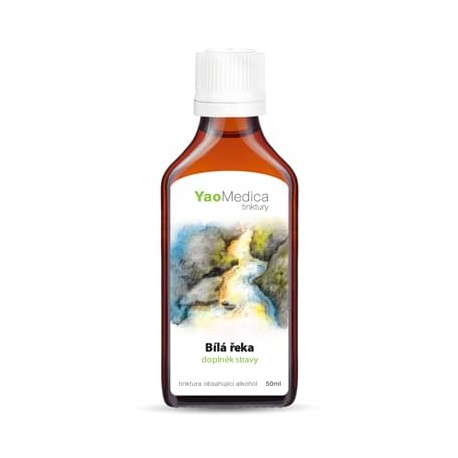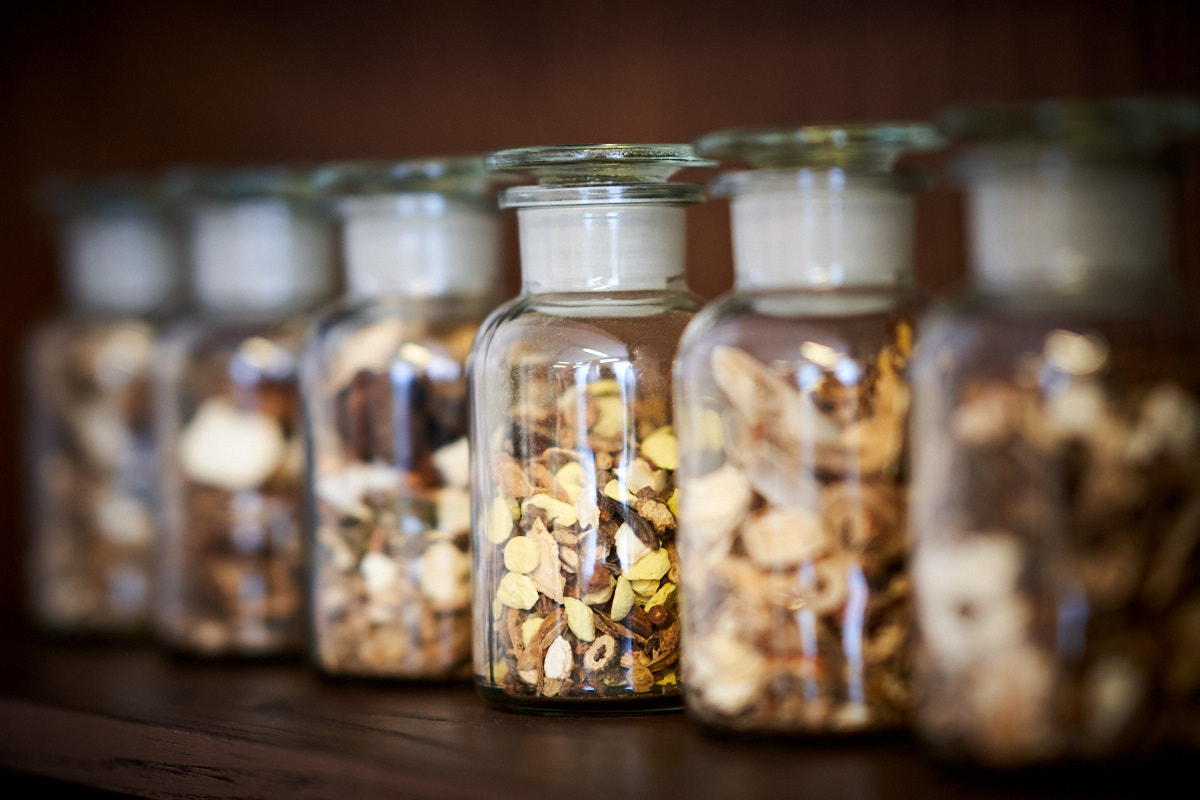








Type: diet supplement
Based on the recipe: Wan Dai Tangi
Ingredients: Bai Zhu, Shan Yao, Dang Shen, Cang Zhu, Chen Pi, Che Qian Zi, Bai Shao, Chai Hu, Jing Jie, Gan Cao
Volume: 50 ml
In stock
In stock
Last items
Out of stock
Sold out
14 days
to return purchases
Free delivery
for orders above 350 zł
The "End Discharge Extract" tincture is based on the Wan Dai Tang recipe of traditional Chinese medicine. It is a mixture supporting men’s and women’s reproductive system. The weakened Pi system (Spleen, digestion) causes excessive Shi Damp in the body, and due to its heavy nature it drops off and often manifests as vaginal discharge. If, in addition, as a result of emotions and stress, Gan Yu's liver comes into stagnation and the Spleen gets weakened, the body gradually begins to develop Re (Heat), which often mixes forming the so-called Shi Re, or Damp Heat. The tincture helps to remove the feeling of constant fatigue, loose stools and diarrhea caused by excess Damp.
- Supports the functioning of the digestive system and the microbiological balance of the body
- Supports the immune system
- Helps to get rid of vaginal discharge, diarrhea and loose stools
- Supports the work of the digestive and respiratory systems
- Has a positive effect on the nervous system
- Used in ailments such as vaginitis, vulvitis as well as cervical inflammation and polyps
- Drains Shi (Damp) from the body
- Cools Xue Re (Heat in the Blood)
- Strengthens Pi Qi (Spleen Energy)
- Dissolves stagnation of Liver Qi
Yao means "medicinal plant", which may be not only a herb, mushroom, but also a mineral or a clam. In Traditional Chinese Medicine, herbs are most often composed in a way to interact and complement each other, bringing the desired effects.
There are several methods of processing Yao in Chinese phytotherapy. The most common is decoction, boiling the herbs for about 20 minutes. The second form are wan tablets, i.e. extruding the raw material and pressing it into small balls. Another form are tinctures, called "medicinal wines" in ancient China, equally popular form of processing Yao by the use of alcohol.
The use of alcohol in the production of tinctures helps to better extract the active ingredients from individual Yao and supports the absorption in the human body. It has been proven that alcohol causes the release of more active ingredients than in the forms of decoctions or baths.
Thanks to Yang nature of alcohol, it is very moving and therefore affects the blood circulation, helps to relax muscles, joints and general tension in the body. In combination with herbs, it supports overall vitality and soothes painful conditions.
water, alcohol
Bai Zhu - White atractylodes, rhizome - Rhiz. atractylodis - 9.6g
Shan Yao - Chinese yam, tuber - Tub. dioscoreae oppositae - 1.0g
Dang Shen - Poor man's ginseng, root - Rad. codonopsis - 3.8g
Cang Zhu - Black atractylodis rhizome, rhizome - Rhiz. atractilodis - 2.9g
Chen Pi - Mandarin orange, bark - Peri. citri - 1.0g
Che Qian Zi - Plantain, seed - Sem. plantaginis - 2.9g
Bai Shao - White peony, root - Rad. paeoniae alba - 4.8g
Chai Hu - Southern bupleurum, tops - Rad. bupleuri - 1.9g
Jing Jie - Japanese catnip, tops - Herb. schizonepetae - 1.0g
Gan Cao - Liquorice, root - Rad. glycyrrhizae - 1.0g
The YaoMedica alcohol tinctures are based on the highest quality Chinese mushrooms and herbs that provide maximum effectiveness. In the first stage of production, the dried herbs and mushrooms are ground into a fine powder, and then macerated in 50% alcohol for up to one month. The macerated extract is dynamised every day so it can unleash its full potential. Once the tinctures are ready, they are not diluted further. This makes them keep all properties.

Shake the tincture before use. Slight turbidity is a natural process. One package contains approximately 1100 drops.It is recommended to consult a doctor or a traditional Chinese medicine therapist before using the tincture. Prophylactic, basic daily dose is 1 drop per 1 kg of body weight. The portion should be divided into two parts: morning and evening. The tincture can be used on an empty stomach, at least 30 minutes before or 1 hour after a meal. The product can be poured with hot water - this will evaporate alcohol, which is a suitable procedure for drivers or children.

The first records of the use of herbal tinctures were found on bones from the Shang Dynasty (1765 - 1122 BC). They have been recognized as the oldest herbal recipe in China. Information on herbal tinctures can also be found in the works of masters such as Zhang Zhong Jing, who used alcohol in several of his famous recipes, or Master Sun Si Miao, who used over 80 types of tinctures to treat his patients.

The product is not intended for children under 3 years of age, pregnant women and breastfeeding women. Do not exceed the recommended daily dose. Store in a dry place out of the reach of children.
The product does not contain ephedrine, caffeine, gluten, preservatives, dyes or sugar.
Traditional Chinese Medicine (TCM) terms are capitalized and do not mean the same as in Western nomenclature. For example, in TCM, "Spleen" is not an anatomical organ, as in Western medicine, but a functional circuit.
Czech Republic
